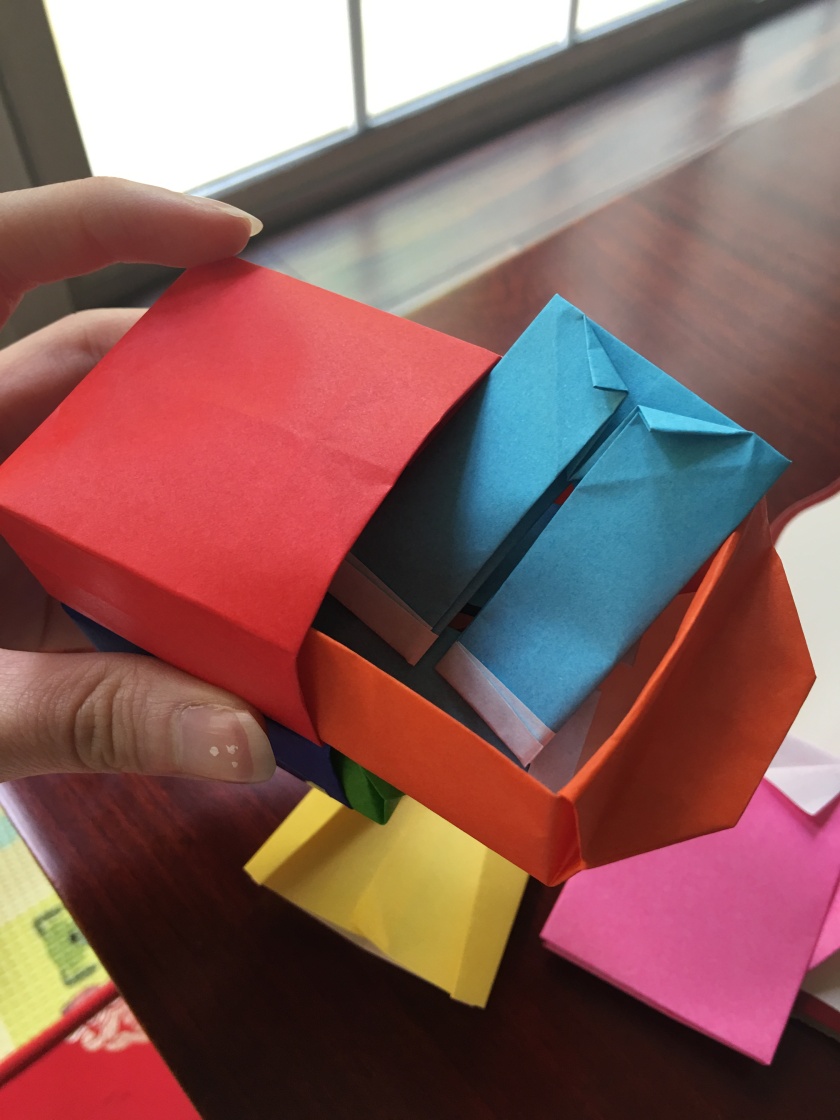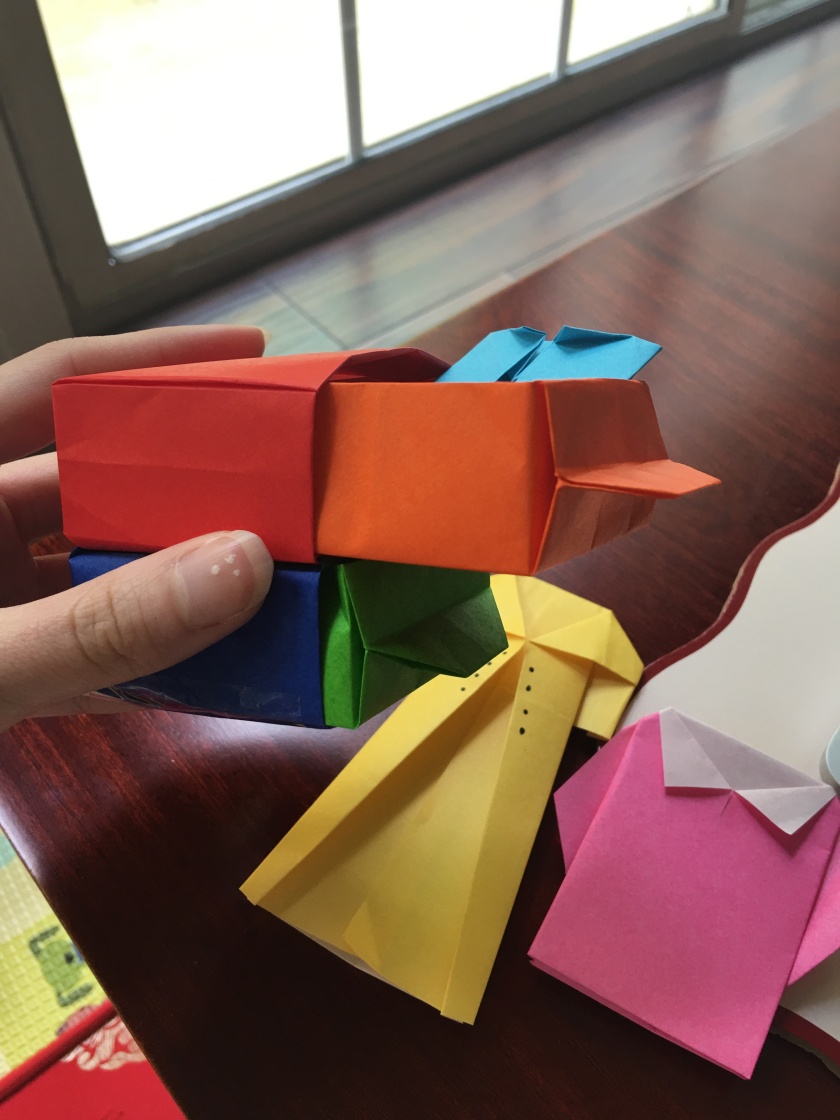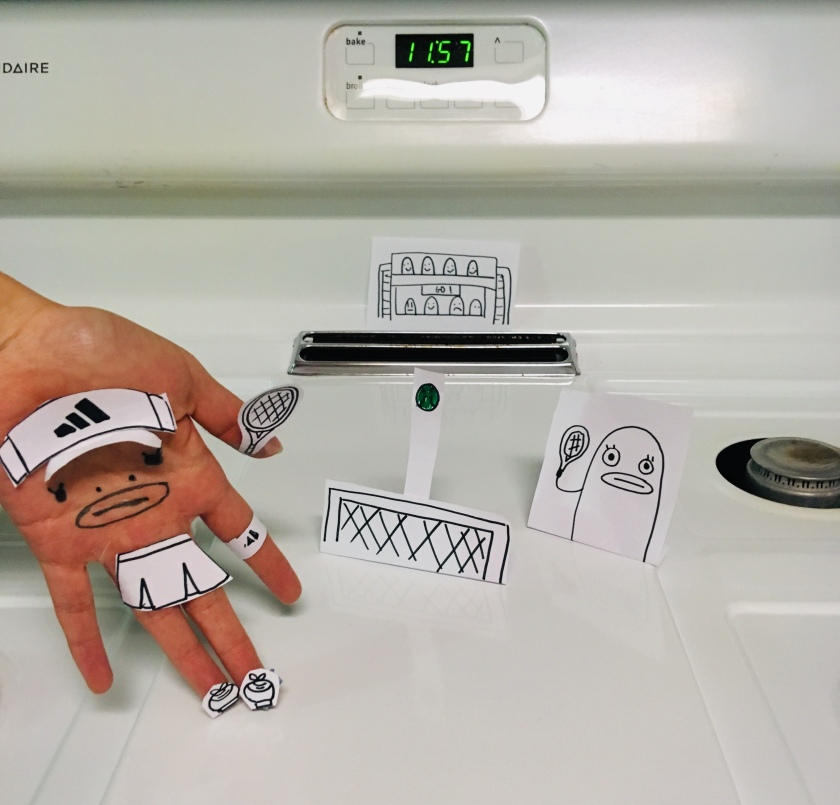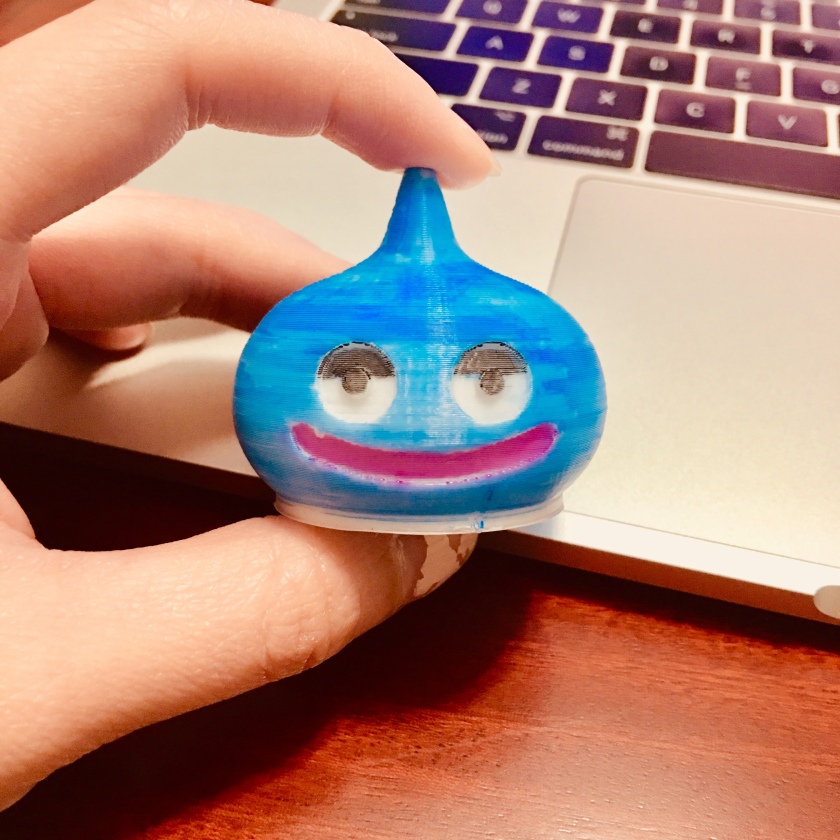Podcast Reflection: UnderTale
Humor, determination, and violence were some of the themes that were touched upon in discussion with the co-producer, Cherie, and line producer, Wenyi. An all-inclusive approach was involved, because it felt there would be missing elements that would not explain the length and depth of the game. Between producers, the work was placed on google docs. We split the work in half, starting with a rough script and adding more details to explain each point. As producer, I wanted to include ideas of probing and Jane McGonigal’s SuperBetter strategies in consideration to the theme of the other podcasts. This led with a lead-in with probing and ending with SuperBetter in order to best connect with the older podcasts and bring in a new theme. In short, the script was conversational, each producer replying and adding a new point to the argument. It was also focused on the mechanics and then branched to larger messages.
The primary goals were to condense the amount of topics created and used in the game and to show a relationship between the design of the game with a larger message both with texts and real-world issues. For example, we explained the mechanics of the game as progression from probing to humor and unconventional knowledge about game mechanics. From unconventionalism, it led to comments about violence, which made commentary about SuperBetter techniques including post-traumatic growth, the self, and bad guys etc. Interweaving all evidence and commentary from the creator Toby Fox, SuperBetter, and the game was the most important in order to encompass all aspects of the game. The only problem that was not touched upon were civil issues; they were vaguely hinted at with violence, but the argument focused more on conflicts between individuals and the results upon the main character. Clearly, it was unrealistic to mention all aspects of the game, but this one category was particularly lacking. There needed to be more evidence outside or an additional theme to interconnect the idea of civil issues such as overcrowded cities to the individual and compassion. However, some challenges were to create a more fluid idea rather than create several separate points and a lack of interviews from Toby Fox, the creator of UnderTale.
The podcast overall allowed us to achieve the learning outcomes by having the team communicate and collaborate on ideas; adding onto each others points and conversation through text was the main idea. The team was able to translate a rough draft of points in essay form into a working script, and finally into vocal media. Interviews, texts, and the game were all synthesized to emphasize our message of the medium to teach one to improve their individual qualities. Writing was a process involving an outline of themes, a written script with edited points for both producers, and a final recording/editing. Finally digital citizenship was displayed through credited links of all works used to produce the podcast. Some patterns of creating the podcast was the full explanation of game plot and mechanics in the beginning intro, and the consistent use of music to imply transitions in topics. It is similar to traditional essays in that clear transitions and background information are important to an audience in order to convey a strong argument and flow. The most important skill was the ability to pre-plan and continuously edit a piece of work. It is very easy to fill in the blanks once main points are established and all evidence is gathered. These skills will certainly be used in future pieces, because final drafts are simply rough drafts subject to deadlines.
A LINK TO THE PODCAST EPISODE: https://eng101s20.davidmorgen.org/category/ready-set-game/







